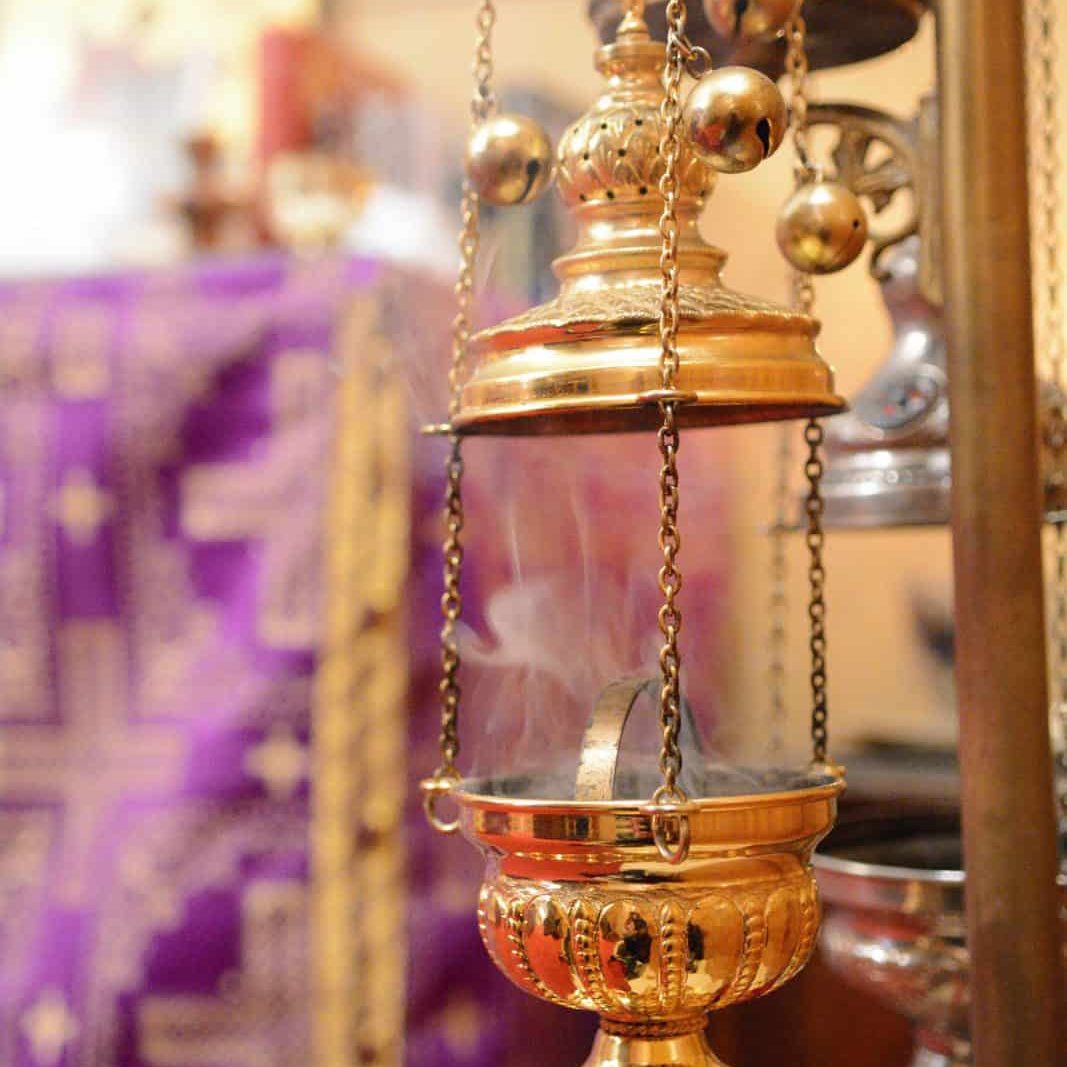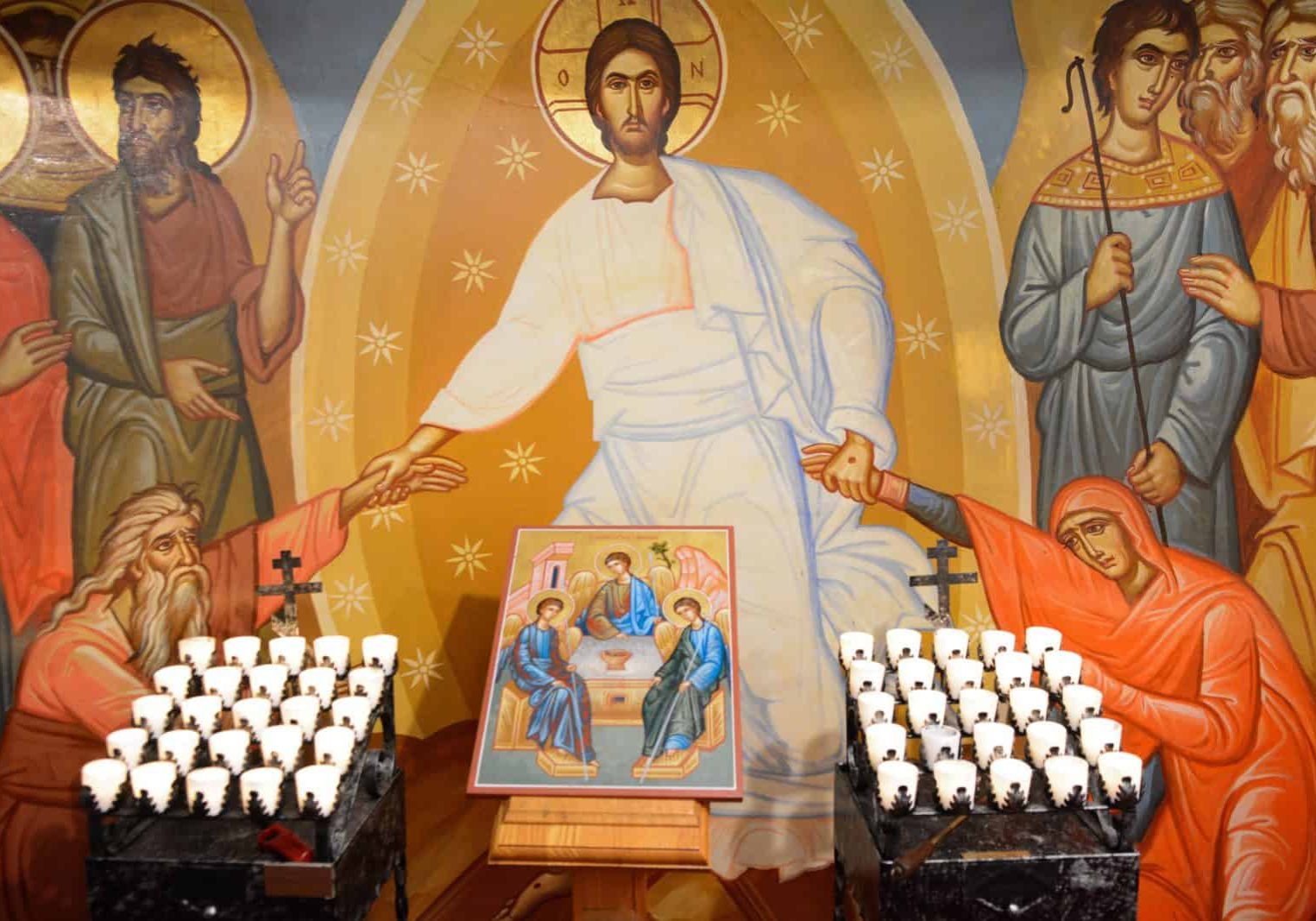
Our Faith
Bringing the Gospel of Christ to the People of Western Pennsylvania
“The Orthodox Christian Church is evangelical, but not Protestant.
It is orthodox, but not Jewish. It is catholic, but not Roman.
It is not denominational, it is pre-denominational.
It has believed, taught, preserved, defended, and died for the
Faith of the Apostles since the Day of Pentecost nearly 2,000 years ago.”
– Our Life in Christ
The Orthodox Christian Church
Orthodox Christianity is the way of life initiated by Jesus Christ, and is composed of those who believe in Him. The Orthodox Church began on Pentecost when the Holy Spirit descended upon the apostles. Its roots: apostolic, scriptural and traditional, trace directly back to first century Antioch, the city in which the disciples of Jesus Christ were first called “Christians” (Acts 11:26).
Orthodox Christianity has subsequently spread to every corner of the world, and was established in North America in the late
eighteenth century. The Orthodox Church is the oldest and second largest Christian group in the world, and today there are two to three million Orthodox Christians in over two thousand parishes and missions throughout the United States and Canada.
As God’s Church, we are called to continue the work of Jesus Christ and His apostles in this world.
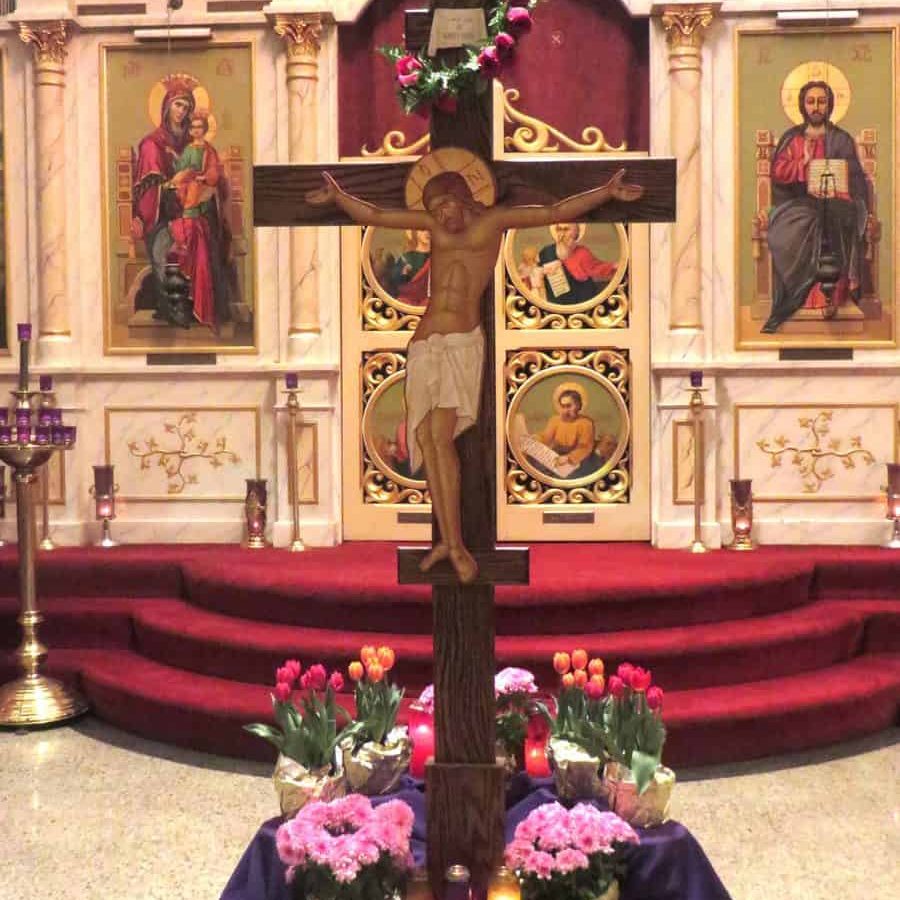
The Divine Liturgy
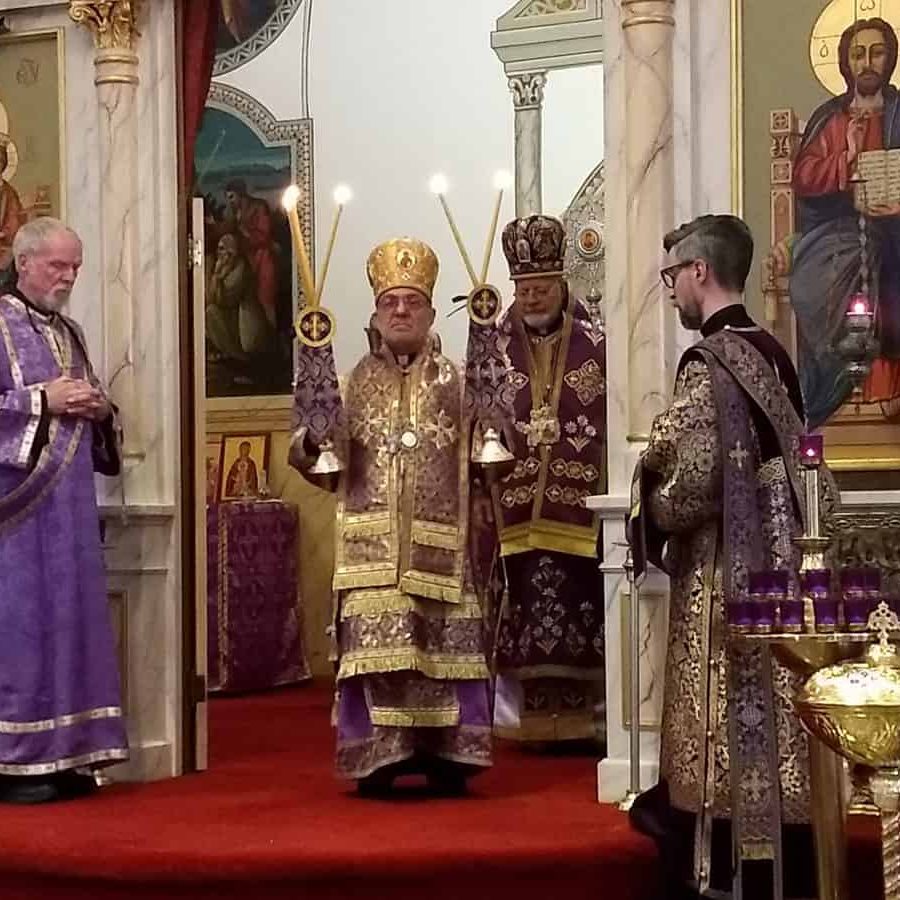
The Orthodox Divine Liturgy is the continuation of the Mystical Supper shared by Jesus and His disciples, as well as the collective action of God’s People who come together to:
- praise and worship God while thanking Him for His many blessings;
- publicly proclaim the good news of Christ’s victorious death and resurrection while awaiting His second coming;
- partake of the Eucharist, the very Body and Blood of Jesus Christ, which is offered to us for the forgiveness of our sins and unto life everlasting; and
- manifest God’s Kingdom in this world.
If we live and apply all that has been experienced in our public worship, our lives become an inseparable part of the Liturgy
and the Liturgy becomes an inseparable part of our lives.
Iconography, Hymnography, and Incense
The Diving Liturgy is a mystical experience which brings us into the presence of God. Liturgical worship incorporates each of our God-given human senses so that we might focus our attention completely toward the one true God.
“And above [the ark] were the cherubim of glory overshadowing the mercy seat.” - Hebrews 9:5
"Icons were for the [Orthodox] not merely paintings ... The artistic perfection of an icon was not only a reflection of the celestial glory — it was a concrete example of matter restored to its original harmony and beauty, and serving as a vehicle of the [Holy] Spirit” - The Russians and Their Church
From the time of the construction of the Ark of the Covenant, holy images have been holy reminders of the heavenly. The ornamental beauty of ornate vestments, candles, and iconography focus our attentions toward the worship of God Himself. The community of the faithful, along with the Saints represented in iconic depictions, together worship the one God.
Iconography is Sacred Scripture and theology in color. Icons serve as "windows into heaven.”
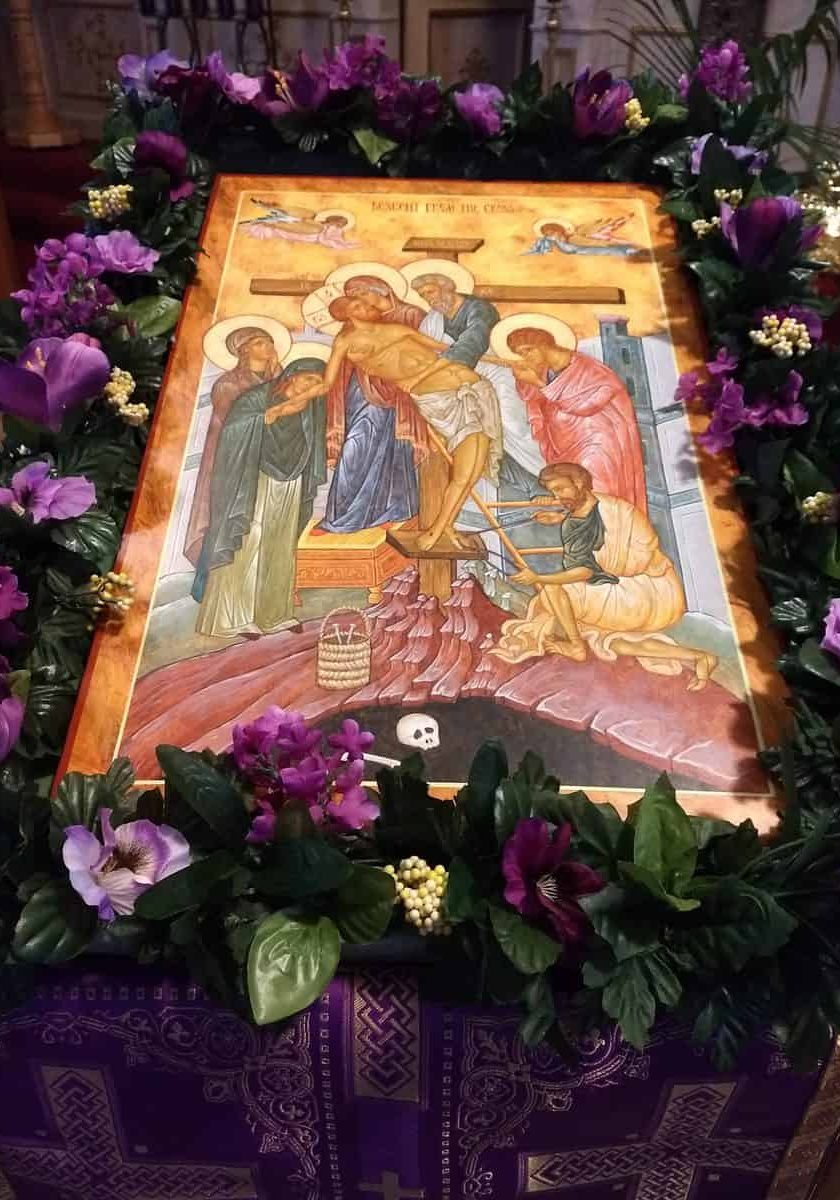
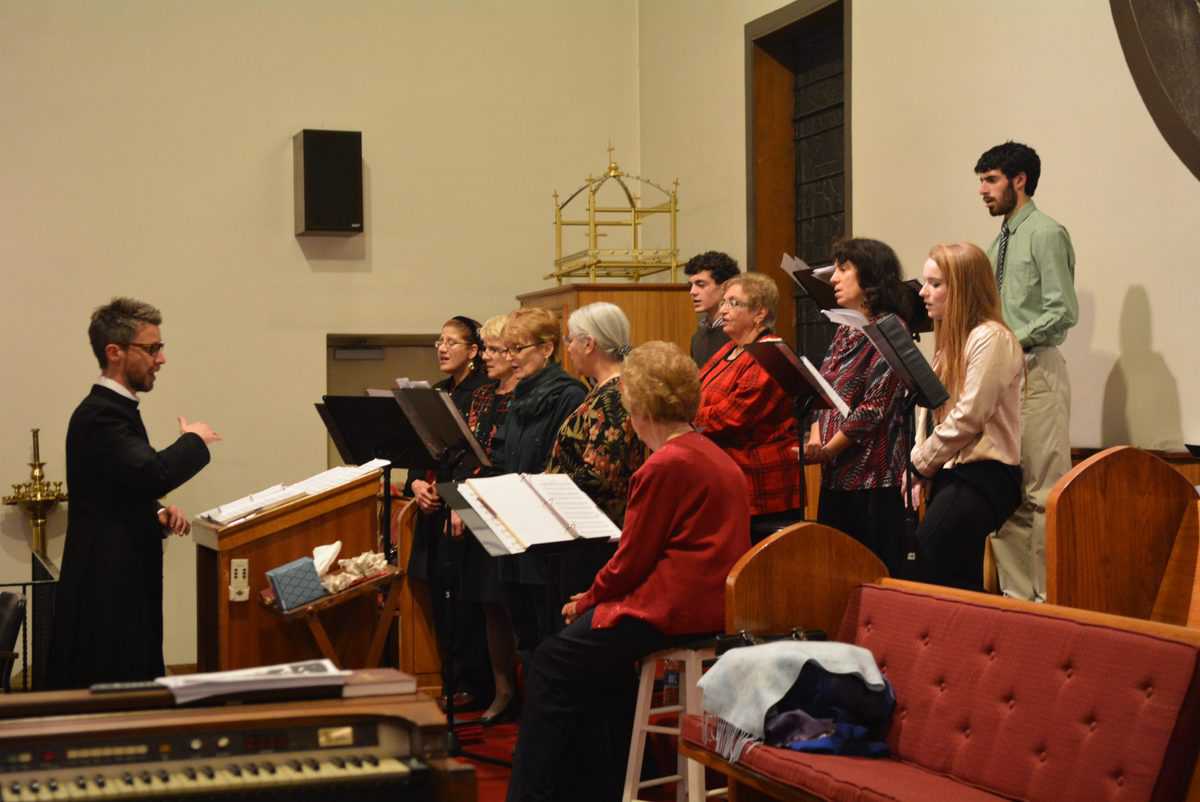
“Addressing one another in psalms and hymns and spiritual songs, singing and making melody to the Lord with your heart...” - Ephesians 5:19
The whole of scripture, most notably the Psalms, is pervasive with references to lifting up songs as a praise to The Lord. In the understanding of the Holy Church, our worship joins in the heavenly song of the angels and saints and, surrounded by the great cloud of witnesses, we never worship in small number.
“Let my prayer be counted as incense before you, and the lifting up of my hands as the evening sacrifice!” - Psalm 140:2
The incense used in the Liturgy serves as a reminder of our prayers, as they rise to the ear of The Lord. To the Christian who participates in the liturgical life, the sweet smelling smoke is an immediate subconscious reminder of the holy.
The Revelation of St. John describes the use of incense in his heavenly vision:
“...And another angel came and stood at the altar with a golden censer, and he was given much incense to offer with the prayers of all the saints on the golden altar before the throne, and the smoke of the incense, with the prayers of the saints, rose before God from the hand of the angel.” - Revelation 8:3
